Providing Protection to Legacy Properties and Collections
brandon7 TN_zone7
15 years ago
Related Stories

MODERN HOMESHouzz TV: A Son Builds on His Father’s Architectural Legacy
Architect Anthony Belluschi updates and expands a home that Northwest modernism pioneer Pietro Belluschi designed nearly 60 years ago
Full Story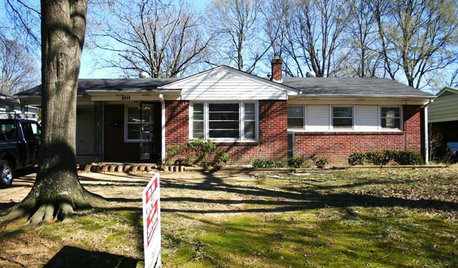
REMODELING GUIDES5 Ways to Protect Yourself When Buying a Fixer-Upper
Hidden hazards can derail your dream of scoring a great deal. Before you plunk down any cash, sit down with this
Full Story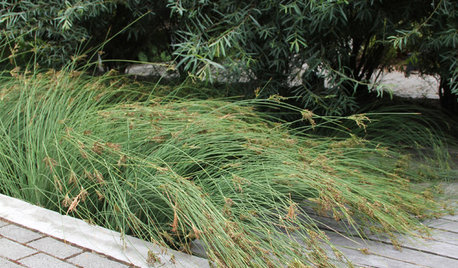
GARDENING GUIDESProtect a Precious Resource With a Rain Garden
Promote pure water and a beautiful landscape with a garden design that makes the most of the rain
Full Story
TRADITIONAL STYLEDecorating With Antiques: Silver’s Legacy
Learn how to tell sterling from plate, ways to display pieces and why silver is so darn special to begin with
Full Story
HOUZZ TOURSMy Houzz: A Legacy of Art Lives On in a Texas Home
Family artwork, midcentury furnishings and eclectic style shine in this family’s home
Full Story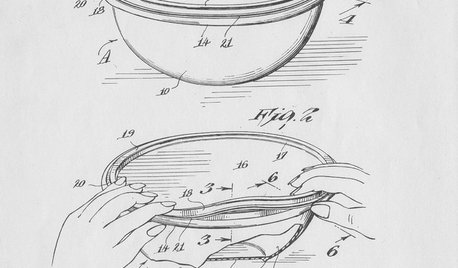
FEATURESHow Tupperware’s Inventor Left a Legacy That’s Anything but Airtight
Earl S. Tupper — and his trailblazing marketing guru, Brownie Wise — forever changed food storage. His story is stranger than fiction
Full Story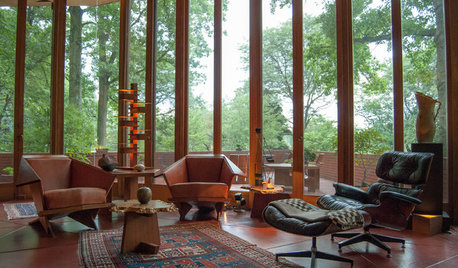
HOUZZ TOURSHouzz Tour: A Frank Lloyd Wright Home, Lovingly Restored
In a 15-year labor of love, one dedicated Ohio couple focuses on conserving over remodeling, protecting an architectural legacy
Full Story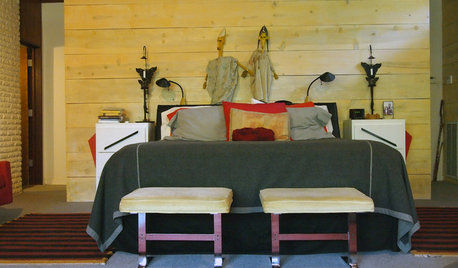
HOUZZ TOURSMy Houzz: African Art and Midcentury Style in a Louisiana Home
Global mementos and classic modern furnishings come together in a couple’s one-of-a-kind home and artist’s studio-residence
Full Story
TRADITIONAL HOMESHouzz Tour: Historic Manor House Regains Its Country Style
A neglected 11th-century property is restored to its former glory as a traditional family home
Full Story
WINDOWSThese Windows Let In Light at Floor Height
Low-set windows may look unusual, but they can be a great way to protect your privacy while letting in daylight
Full Story





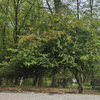

MissSherry
Iris GW
Related Discussions
First try at yamadori; collected fir sapling
Q
Fire protection?
Q
Need advice on buying an Income Property (newbie)
Q
Rental Property as an investment
Q
spruceman
MissSherry